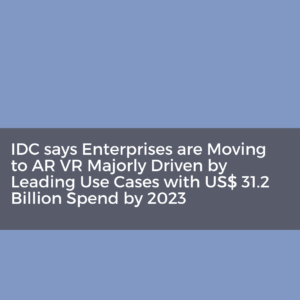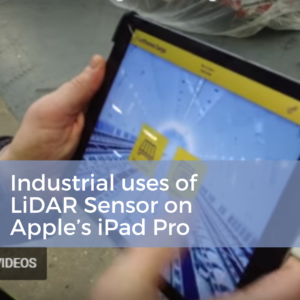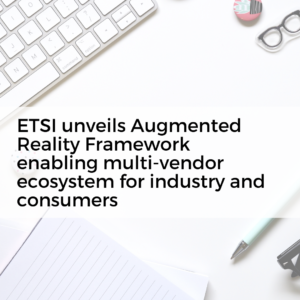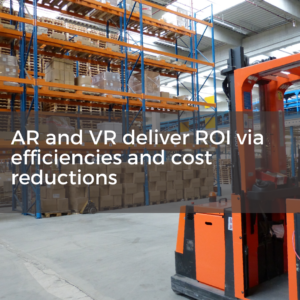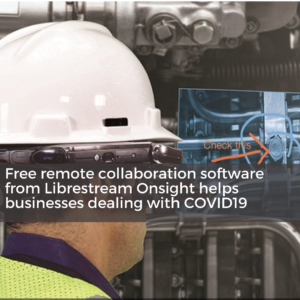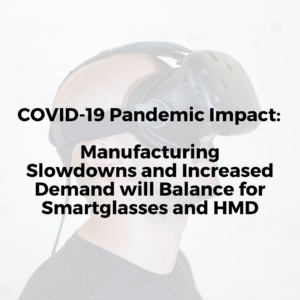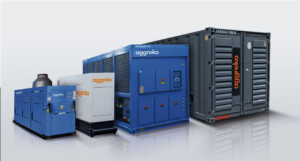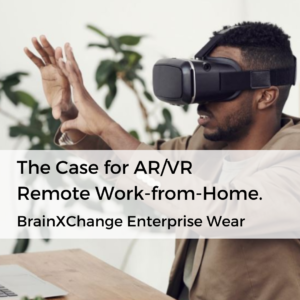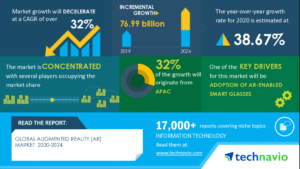XR Association Releases Results Of Fourth Augmented And Virtual Reality Survey
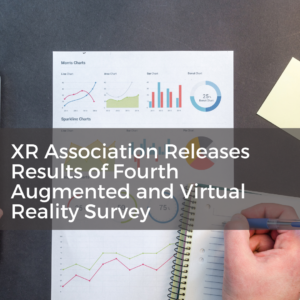
Results indicated both expanding avenues for monetization and growing momentum for nearly every area of immersive technology’s use. With applications ranging from sports, video games, and entertainment to healthcare, education, and disaster preparedness, it is evident that immersive technology will create significant opportunities across industries.
“Industry leaders are noticing tangible and significant advances in the adoption of AR, VR and MR across sectors, such as healthcare, education, workforce training, manufacturing — including advanced manufacturing — and retail,” said Elizabeth Hyman, CEO of XRA. “During times of global economic uncertainty, feeling connected and maintaining efficiency and productivity are more important than ever. We are hopeful that the results of this survey demonstrate that the fundamentals are in place for a bright future of XR technology.”
Additional key findings include:
- Expectations for AR technologies continue to outpace VR in terms of expected revenue, market penetration, and consumer adoption, with three-fourths of respondents expecting the AR market to eventually surpass VR in total revenue.
- Six of the 10 top cities selected for their pioneering work in smart city immersive technologies are in the United States, including New York City, Austin, Los Angeles, Chicago, Boston, and San Francisco. Beijing, Tokyo, Dubai, and Barcelona round out the list.
- Respondents pointed to continued device upgrades as an improvement that will most impact consumer adoption of immersive technology in the next two years. Devices being smaller, fashionable, and comfortable followed.
- With AR devices in half of the world’s pockets via mobile phones, more than two-thirds of respondents expect that businesses will be investing slightly or significantly more in immersive technologies in 2020 compared to 2019. Just six percent expect the investment level to be lower than the previous year.
- More companies are proactively addressing and updating privacy policies and disclosures regarding consumer data. More than half (54 percent) of the respondents said they were doing so this year, compared with 47 percent in 2019.
These insights represent further progress toward XRA’s mission of promoting the thoughtful advancement of XR technology globally. The survey indicates strong tailwinds, with nearly 200 professionals representing, showing stronger optimism for the future of immersive technologies than ever before.
Get more information on the study.
